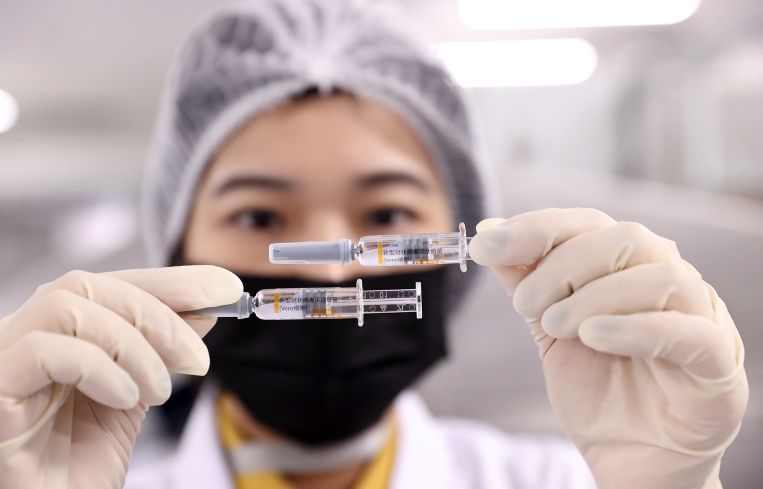U.S. Life Sciences Leads the World, But Global Competitors Closing the Lab Gap
Chinese cities accounted for the biggest lab development pipelines in the world, according to CBRE report, with construction in London tied with the San Francisco Bay Area
By Nick Trombola April 14, 2025 5:30 pm
reprints
As the U.S. life sciences real estate sector recovers from a challenging year in 2024, other markets across the globe, particularly in China and Europe, are gaining steam.
Greater Boston, the San Francisco Bay Area and San Diego County remain the world’s biggest hubs for lab and research and development space by far, with 56 million square feet, 43.6 million square feet and 27.3 million square feet, respectively, according to a new report by CBRE. But two cities in China now have the most amount of space under construction, with London not far behind.
Venture capital investments are also on the rise across the globe, with last year’s numbers surpassing 2019’s total by 43 percent.
“[U.S. cities] are the largest life sciences markets in the world, but international markets are making huge strides,” Matt Gardner, CBRE’s life sciences advisory lead for the U.S., said in a statement. “[Chinese markets] lead the world in in-progress lab construction and there is significant activity in Europe. And Costa Rica and India continue to emerge as attractive life sciences manufacturing hubs. The expansion of the life sciences industry is truly global.”
Beijing hosts the largest life sciences sector outside of the U.S., at 22 million square feet (placing it in fourth place, behind San Diego) while Shanghai is in seventh place globally with 13 million square feet. Yet the two markets together have 13.8 million square feet in the pipeline — far exceeding Boston’s 3.9 million square feet under construction and the Bay Area’s 2.7 million square feet, per CBRE. Development in London, meanwhile, clocks in at 2.7 million square feet, tying it with the Bay Area at fourth place on the construction front.
The decline of U.S. development pipelines ultimately comes down to slower demand and record-high vacancy rates, after “rocketship” growth and unprecedented lab construction in the wake of the pandemic. Vacancy rates in the U.S.’s top three markets are all currently at or above 20 percent, per CBRE.
Still, venture capital investments, particularly in the U.S., continue to surge. The U.S. claimed a whopping 67 percent of global funding in the fourth quarter of 2024, up 8 percentage points year-over-year. The next biggest funding shares by country pale in comparison; China cornered 8 percent, the U.K. had 7 percent and Switzerland had 3 percent, according to CBRE. Projects in the Bay Area in particular received the most funding of anywhere in the world last year, at nearly $8.6 billion.
The U.S. also leads the world, by far, in life sciences innovation. The country’s nearly 14,000 patent applications represents an increase of 10 percent compared with 2014 figures, per CBRE. But Chinese applications are filling the gap; Chinese scientists had over 6,550 applications filed last year, a jump of 379 percent compared to its 2014 total. South Korea’s 2,914 applications last year also grew by 134 percent within the same period.
Germany, which led Europe’s application count at 1,494, experienced a 3 percent decline since 2014. Yet Switzerland and the U.K. saw a 42 and 54 percent boost, respectively, in applications within that 10-year span. France, the Netherlands and Italy have also seen patent applications increase.
Hyderabad, India, meanwhile — home to the country’s “Genome Valley” life sciences cluster — and San Jose, Costa Rica, are global hubs of life sciences manufacturing. Hyderabad’s state of Telangana, in southern India, accounts for one-third of global vaccine production, while San Jose is Latin America’s second-largest exporter of medical devices, despite the country’s relatively small size compared to its neighbors. Indeed, medical devices have served as Costa Rica’s top industrial export since 2015, per CBRE.
Nick Trombola can be reached at ntrombola@commercialobserver.com.



